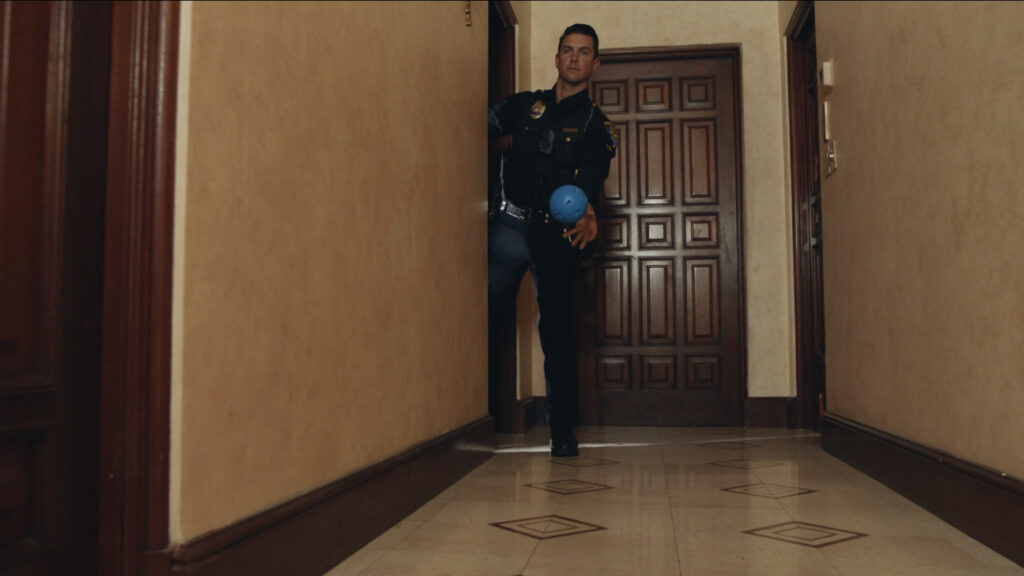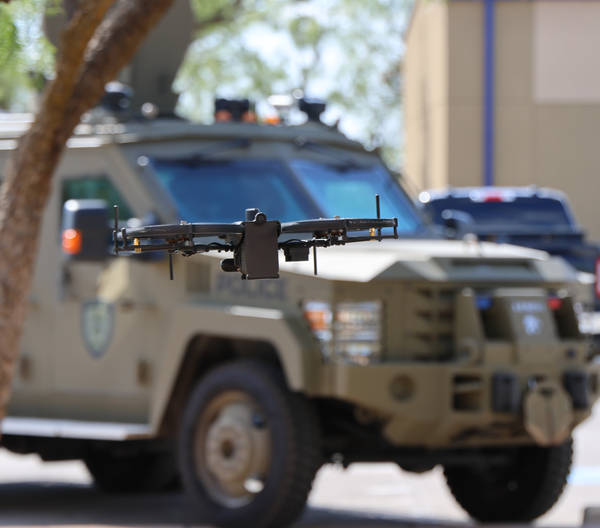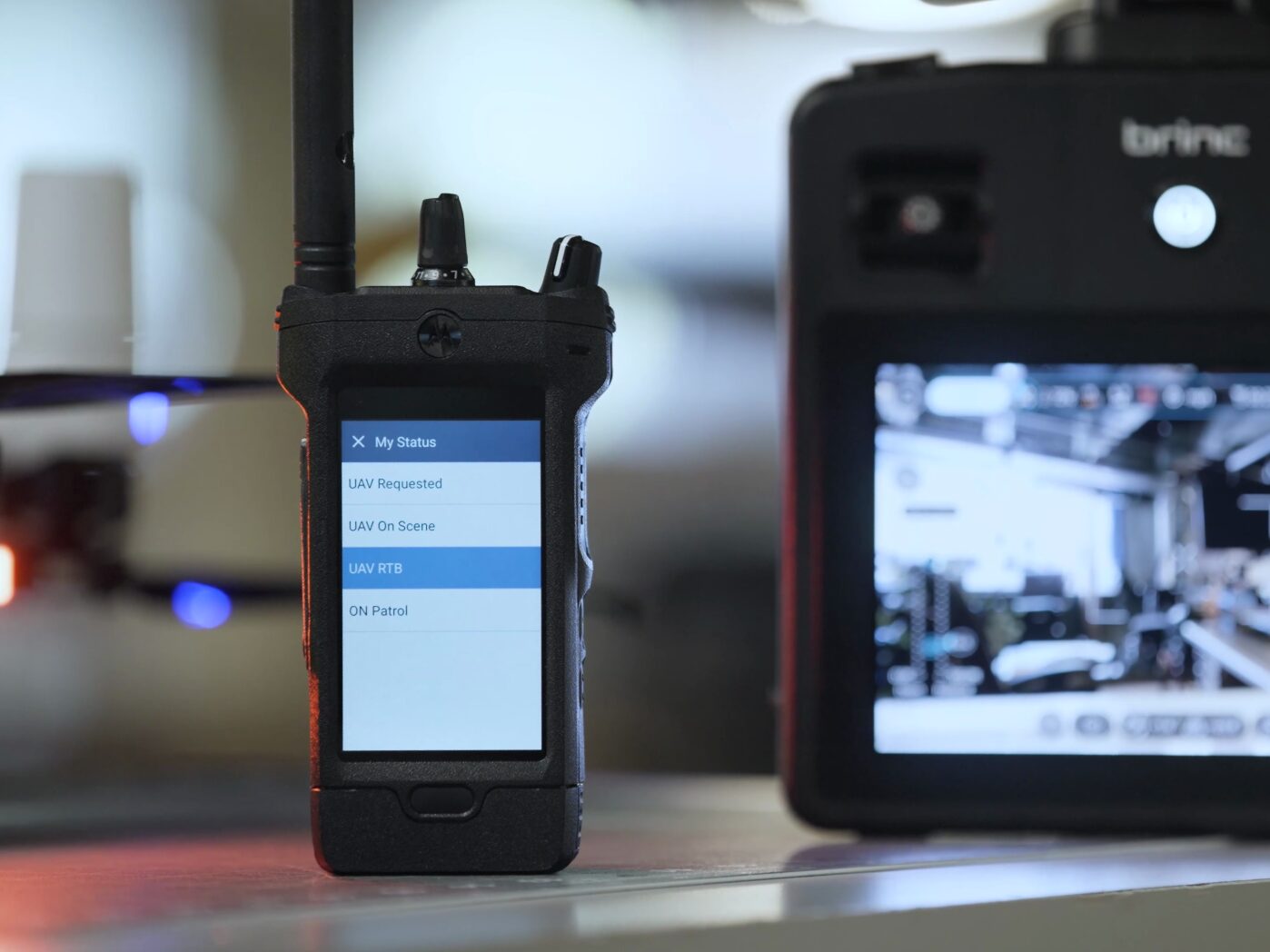De-escalation Tools Reimagine Police Response

As agencies move to refine disengagement strategies, new technology plays a role in safeguarding officers and suspects from harm while achieving peaceful outcomes.
We have all seen the public discourse around the use of force incidents and watched how America processed these traumatic events. While there is much debate around “defunding” or other impractical solutions that do not consider the reality of policing, the call from industry leaders is to emphasize and train on de-escalation strategies to decrease violent confrontations.
Today, officers carry a variety of means that can help restrain or incapacitate a suspect, but the officer’s voice is the key to de-escalation during these tense altercations. When a subject or suspect has barricaded themselves and is potentially dangerous, officers may need to put themselves in harm’s way to connect with the person to find a peaceful resolution. To protect officers and provide a safe distance allowing more time for better-informed decisions, new communication tools are needed. The private industry recognizes this need and has introduced new innovative tools that can aid in these de-escalation strategies.
These new tools are centered around gaining access and establishing and maintaining communication during tense situations. Communication is always key as subjects can become volatile and uncooperative. Having the ability to safely talk to a person even when they do not want to, is a key component to de-escalation.
The team here at BRINC has focused on developing a new class of de-escalation tools that keeps first responders out of harm’s way. One that is thrown, and another that is flown.
Ruggedized, Modernized Throw Phones
Bulky, cabled throw phones are a thing of the past. The new BRINC Ball is a ruggedized phone in the shape of a softball that can be rolled down a hall or thrown into a room to establish and maintain communication with a person.
With an extensive, 24-hour talk time or 5-day standby time, the BRINC Ball is particularly good at maintaining communication for long periods when negotiators are deployed.

Drones that Gain Access and Perch for De-escalation
Over the years, we’ve seen drones become commonplace for overwatch and intelligence gathering applications across public safety. While that application is technically easier to accomplish, we have seen recent innovations in drone technology make close close proximity and interior operations feasible – which opens up the potential for drones to not just provide intel, but to also de-escalate a situation. The BRINC LEMUR S is the first such drone that acts as a phone with 2-way communication between officers and a person in crisis. For the first time, officers can now use a drone to gain entry, perch, and call the drone to establish contact while remaining a safe distance away.
These drones have proven particularly useful in SWAT applications, where they can be deployed to shatter windows for entry, and clear areas with night vision before officers make entry and potentially put them in harm’s way.

Both of these tools work with existing platforms used by crisis negotiators and first responder teams, such as Motorola’s Callyo.
As law enforcement continues to explore new de-escalation strategies, innovative technology like the BRINC Ball and Lemur S will bridge the gap to achieving safer outcomes.

